History of Streetphotography
Eugène Atget’s photographs of Paris and its suburbs, taken at the end of the 19th century, can be attributed to street photography.
Its golden period began in the 1930s with the possibilities of faster and more compact 35mm cameras, the advent of magazines and the increased interest in everyday life and its facets. The genre of street photography in particular has produced outstanding illustrated books, including Henri Cartier-Bresson’s Images à la sauvette (1952), Robert Frank’s The Americans (1959), Hildegard Ochse’s Café Mitropa (1980) or more recently Bruce Davidson’s Subway (1986) and Saul Leiter’s Early Colors (2006).
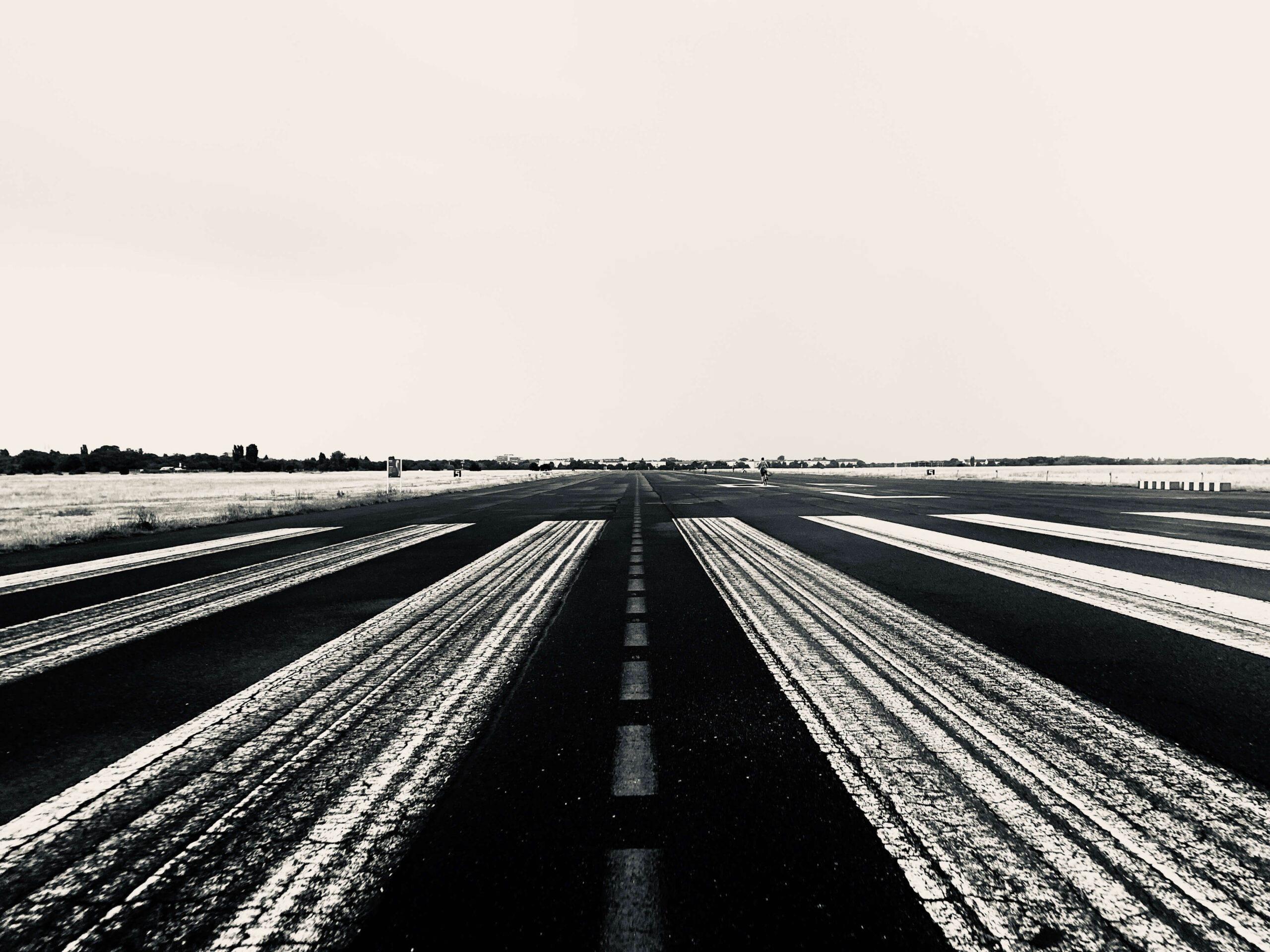
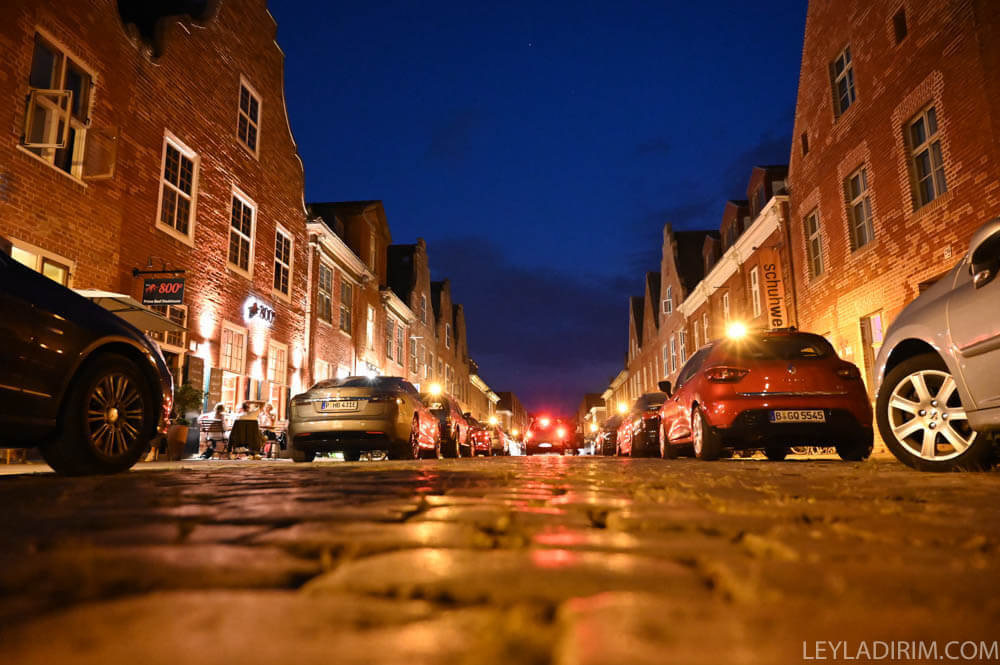
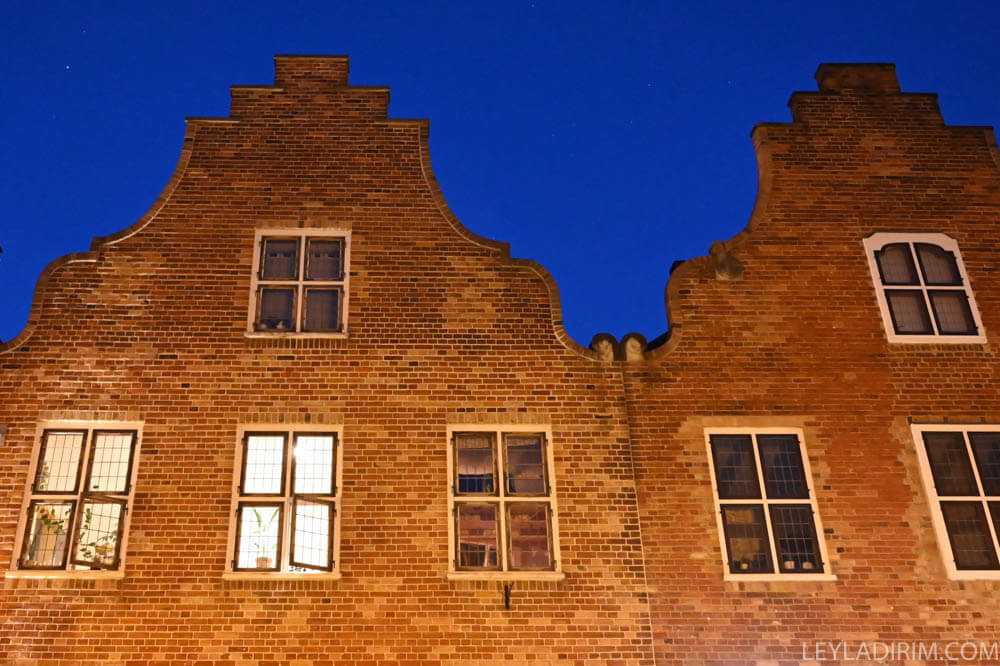
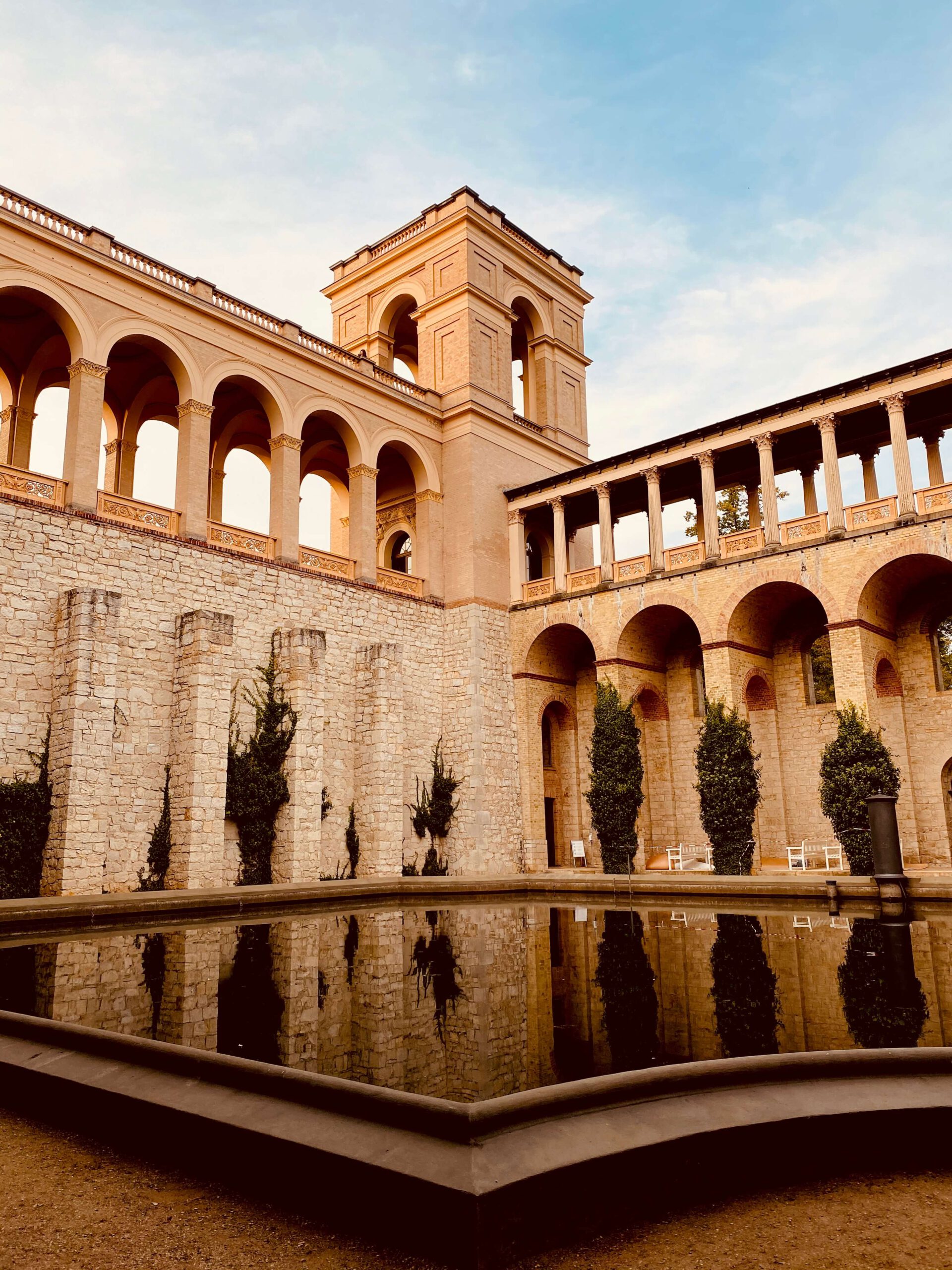
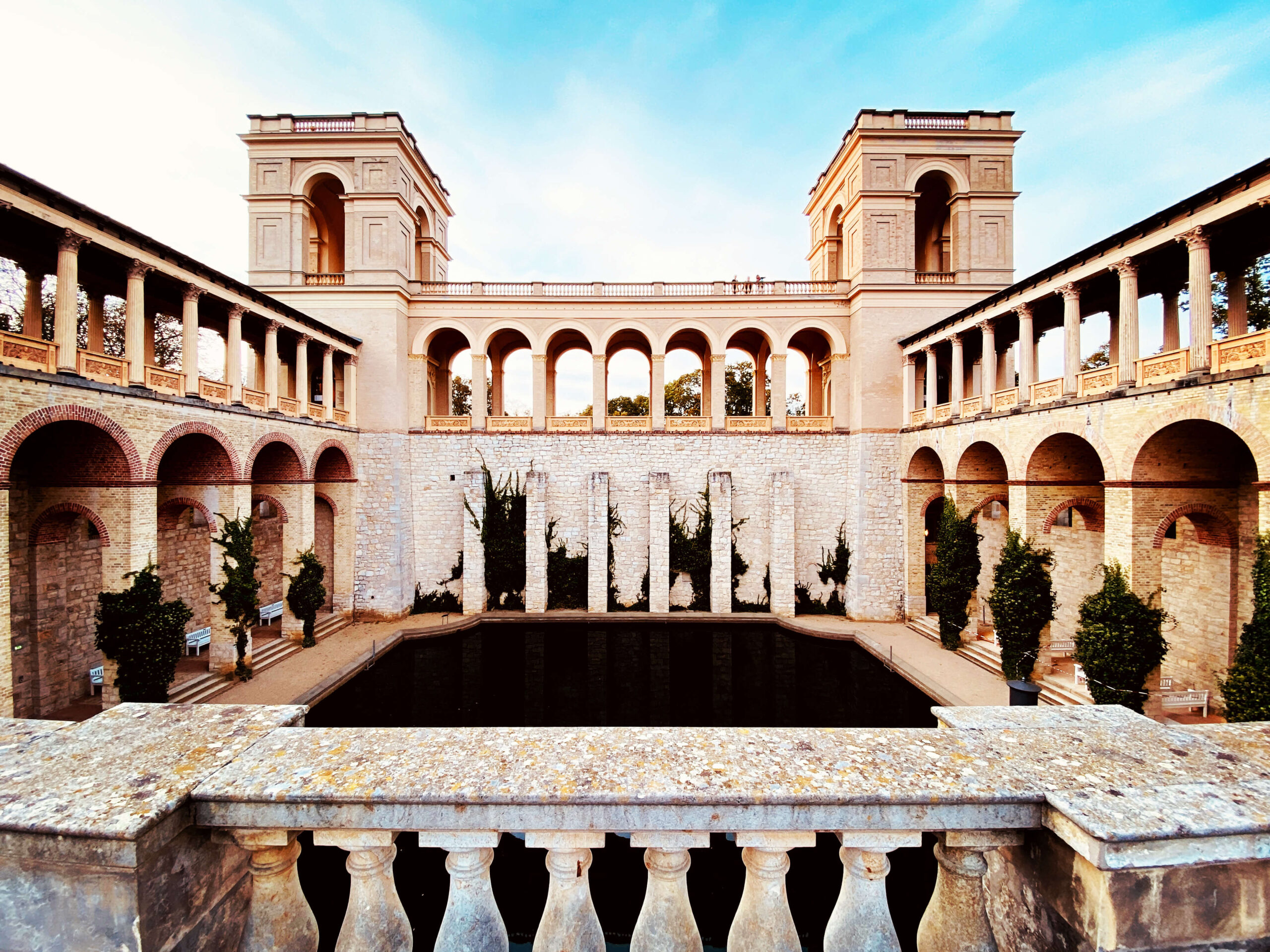
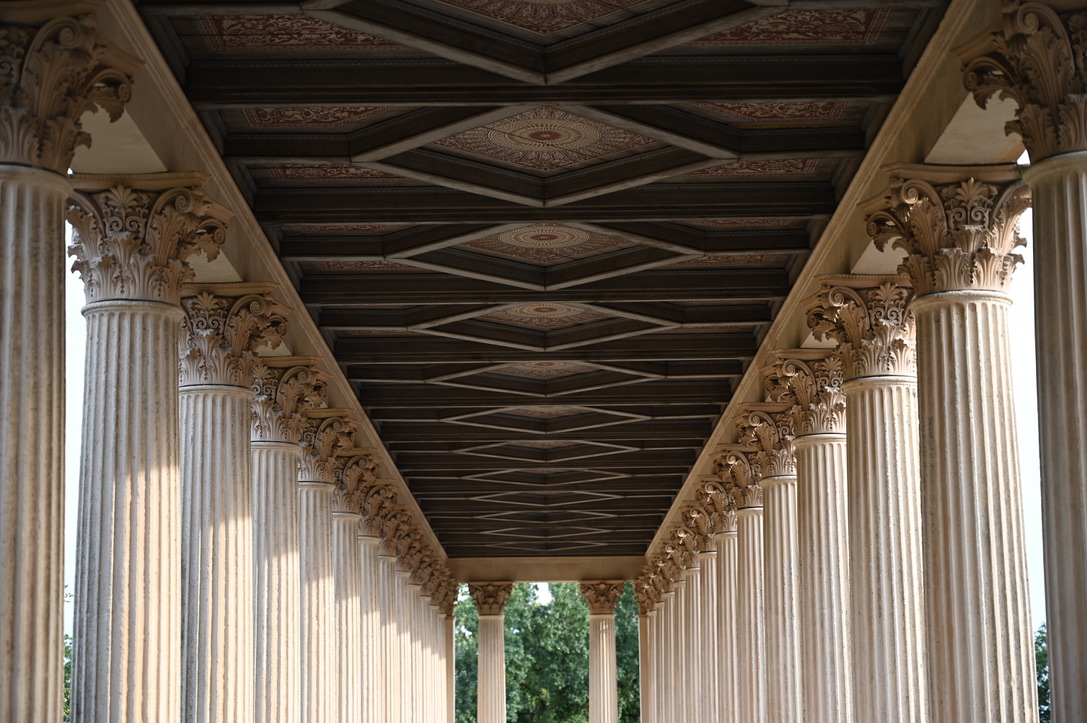

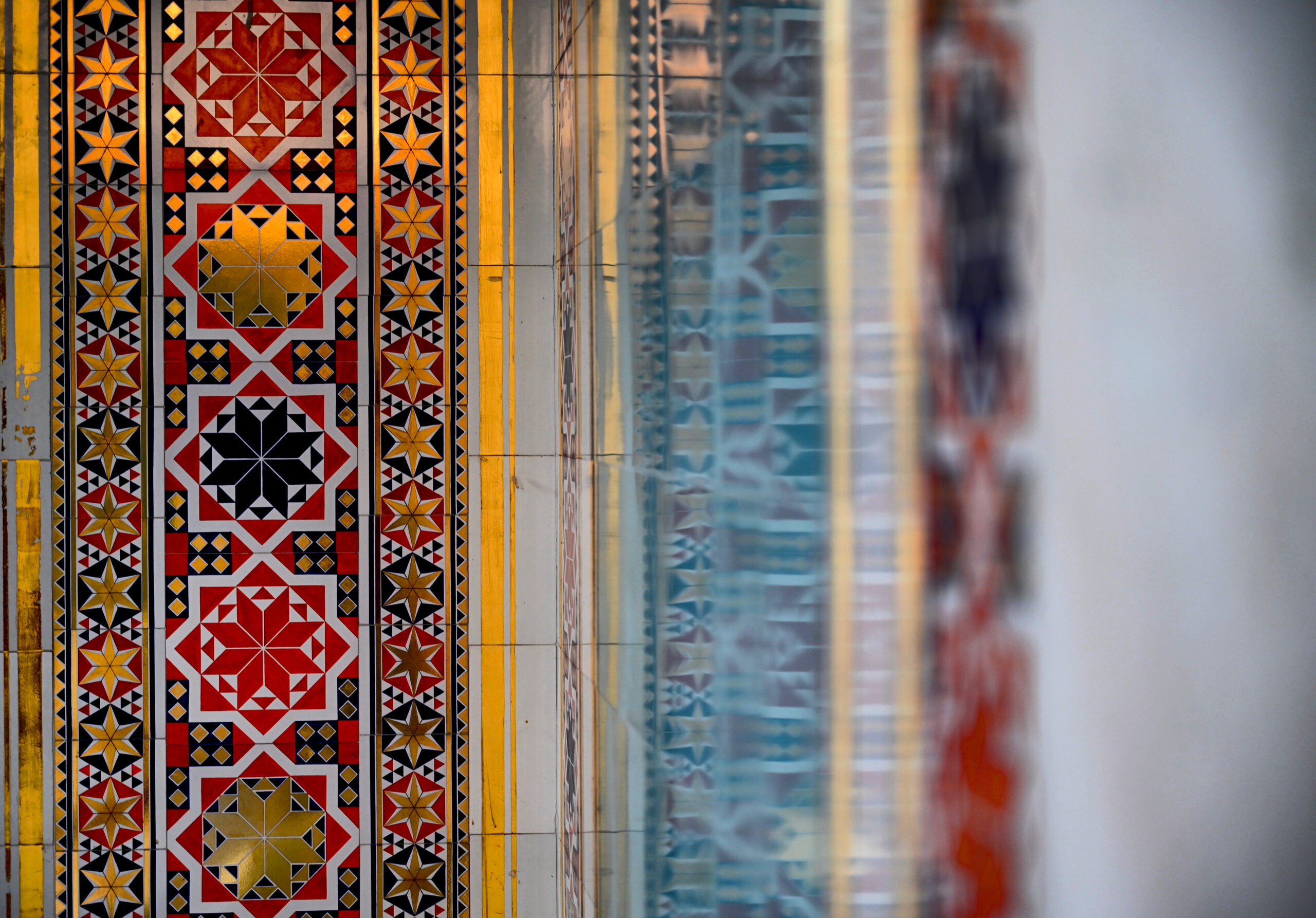
Du muss angemeldet sein, um einen Kommentar zu veröffentlichen.